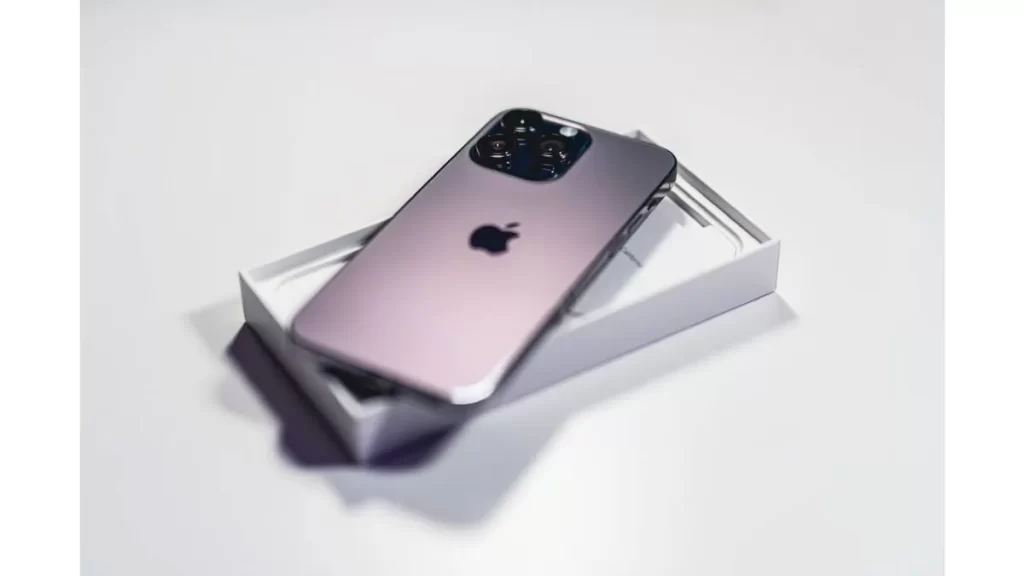A17 Pro Chip: What Makes the iPhone 15 a Power-Efficient Marvel
iPhone 15 brings more than just a new design. It’s a carbon-neutral device using 75% recycled aluminium and 100% recycled cobalt within the battery. It has USB-C as well as the redesigned MagSafe connector.
Additionally, it utilizes an custom image signal processor and Neural Engine for delivering a improved camera experience. Dynamic Island is an adaptable bar that alerts users to app updates in the form of alerts, and is now available for all models.
Impact
The biggest change from iPhone 14 is that iPhone 14 is the inclusion of USB-C ports. It means that Apple’s new phones are no longer using Lightning cables, but don’t worry, you can still utilize your current chargers as well as battery packs that are portable.
The iPhone 15 will feature 6 cores of GPU inside the A17 chip. It will offer faster and more consistent gaming performance than before.
Thanks to this processor upgrade, you could expect a 10% boost in speed for your CPU, 30% decrease in energy consumption and improved graphics performance. The iPhone 15 and the iPhone 15 and iPhone 15 Pro perfect for avid gamers as well as anyone that requires an extremely powerful smartphone.

Apple’s customized chip is based on TSMC’s advanced 3nm technology. It’s approximately 25% smaller, and has a more compact design. This means that the chip draws less power and is more efficient. This is crucial since it’ll make your iPhone 15 and iPhone 15 Pro battery last for longer.
A16 Bionic chip
Each year Apple releases a new A-series processor that is compatible with the current iPhone models. This year’s processor is dubbed A16 Bionic and it’s the most efficient processor that has ever been designed specifically for smartphones.
The A16 Bionic is based using TSMC’s 4-nm process design. The number of transistors has increased only slightly in the range of 15 to 16 billion, while the cores stay the same (two high-performance, four power-efficiency).
This year’s processor is capable to handle more complicated algorithms, which allow for advanced camera features such as real-time picture stabilization. The A16 Bionic is also able to do more with the least amount of power due to a boost in capacity of memory.
The A16 Bionic’s high-performance CPU cores can reach 3.5GHz this is faster than the Snapdragon 8 Gen2’s core Cortex-A53 core. This means it can do more tasks at the same time, and it has the ability to run at a lower temperature, which lets for smaller phones as well as longer battery lives. It also has a dedicated ProRes codec as well as AV1 decoder which will improve the quality of video streaming.
Performance and efficiency
The custom processor in the iPhone 15 is faster than its predecessor, but it is also less energy-intensive. This can help alleviate the extreme heat problems that customers have experienced.
Apple’s new A17 Pro chip uses a 3-nanometer process in order to squeeze more transistors onto the same size chip. Its efficiency center is said to allow it to run faster with less power consumption than the predecessor. Moreover, the process of 3nm improves overall performance.
TSMC is the maker of Apple’s chip, has launched production on Apple’s A17’s 3nm processing. It means the chips will be less bulky and stronger, which will allow them to consume 30 to 35 percent less energy than their five-nanometer counterparts. This could be a big improvement in the battery capacity of future iPhones. Apple says the A17’s improvements will be a “dramatic leap” over last year’s A16 Bionic chip, but tests on Geekbench don’t support this at this time.
Apple Silicon
In Apple’s major iPhone launch event this week custom Arm-compatible chips got a little short shrift. However, the brand latest A17 Pro chip in the iPhone 15 is an important one. The first chip in the iPhone 15 manufactured by the 3-nanometer technology of TSMC, which means it will use less energy.
The chip’s central processing unit is 10% faster than the A16’s. Its GPU has undergone “the biggest redesign in Apple history.” It enables hardware-accelerated ray tracing that is up to 4 times quicker than software-based rendering. Additionally, it has features that let the phone capture 4K videos directly to storage, and also provides support for the Academy Color Encoding System used by film makers.
All this power could mean more battery life on the iPhone. But, at this point, it’s impossible to determine if that advantage could be achieved. The next-generation of iPhones should have even superior chips that will run quicker, draw less power, and deliver even better performance.
